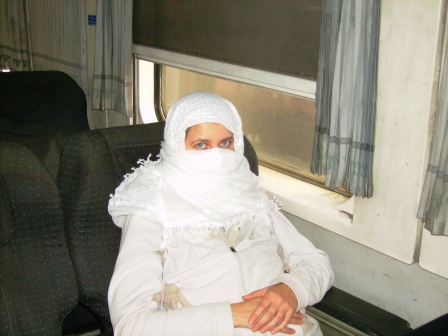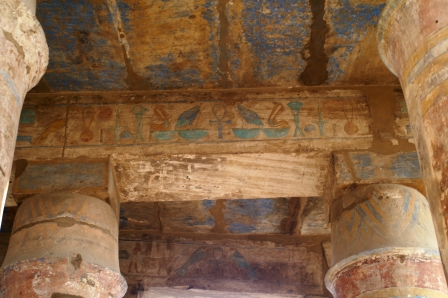Why Visit Egypt?
Discovering the Wonders of Luxor

The mysterious Middle East
When traveling in Egypt, whatever you do, avoid taking the train. While there is regular service from Cairo to Luxor, conditions onboard are primitive at best. Without going into too much detail (to avoid frightening children), the restrooms become nearly unusable halfway through the trip. If you're headed to Luxor, either fly or sail - skip the train altogether.
The ancient and mysterious Nile River is the life-giving artery of Egypt. Its serpentine flow has sustained the country since time immemorial. Yet even the mighty Nile has fallen victim to population growth and pollution. Some sections serve as informal trash dumps, creating a heartbreaking sight as wildlife struggles with floating debris in what was once a pristine river.

Balloon flight in the desert
In Luxor, the Luxor Temple is a must-see attraction, just a short walk from the river. However, the ultimate experience is a sunrise balloon flight over the desert. Imagine hovering above Luxor, the Nile, and the golden Sahara Desert as the sun rises - an unforgettable life experience. The flight takes you over Queen Hatshepsut's Temple, Egyptian ruins, local villages, and the Valley of the Kings. Ballooning feels more like floating than flying, though liftoff and landing require skilled crews. Rest assured, safety teams ensure smooth operations throughout your aerial adventure.

Queen Hatshepsut's Temple
Just outside Luxor lies the magnificent Karnak Temple, a vast complex built by successive pharaohs over 1,000 years, then buried in sand for another millennium before its 19th-century rediscovery. The site reveals fascinating historical layers: Roman soldiers sharpened their swords on the stones, early Christians carved images of Mary and Jesus like graffiti, and political statements appear in the form of defaced statues - Romans often removed noses to disrupt the pharaohs' rebirth beliefs (Egyptians thought the soul re-entered the body through the nose).

Ancient color hieroglyph
New Year's Day at Karnak is considered especially auspicious. Visitors circle the giant scarab beetle statue three times while making wishes. Surrounded by such ancient wisdom, it's natural to ponder life's big questions. For those wondering about the meaning of life, the universe, and everything, one famous answer is: 42.
In my next article, we'll continue our journey down the Nile to discover more Egyptian wonders.